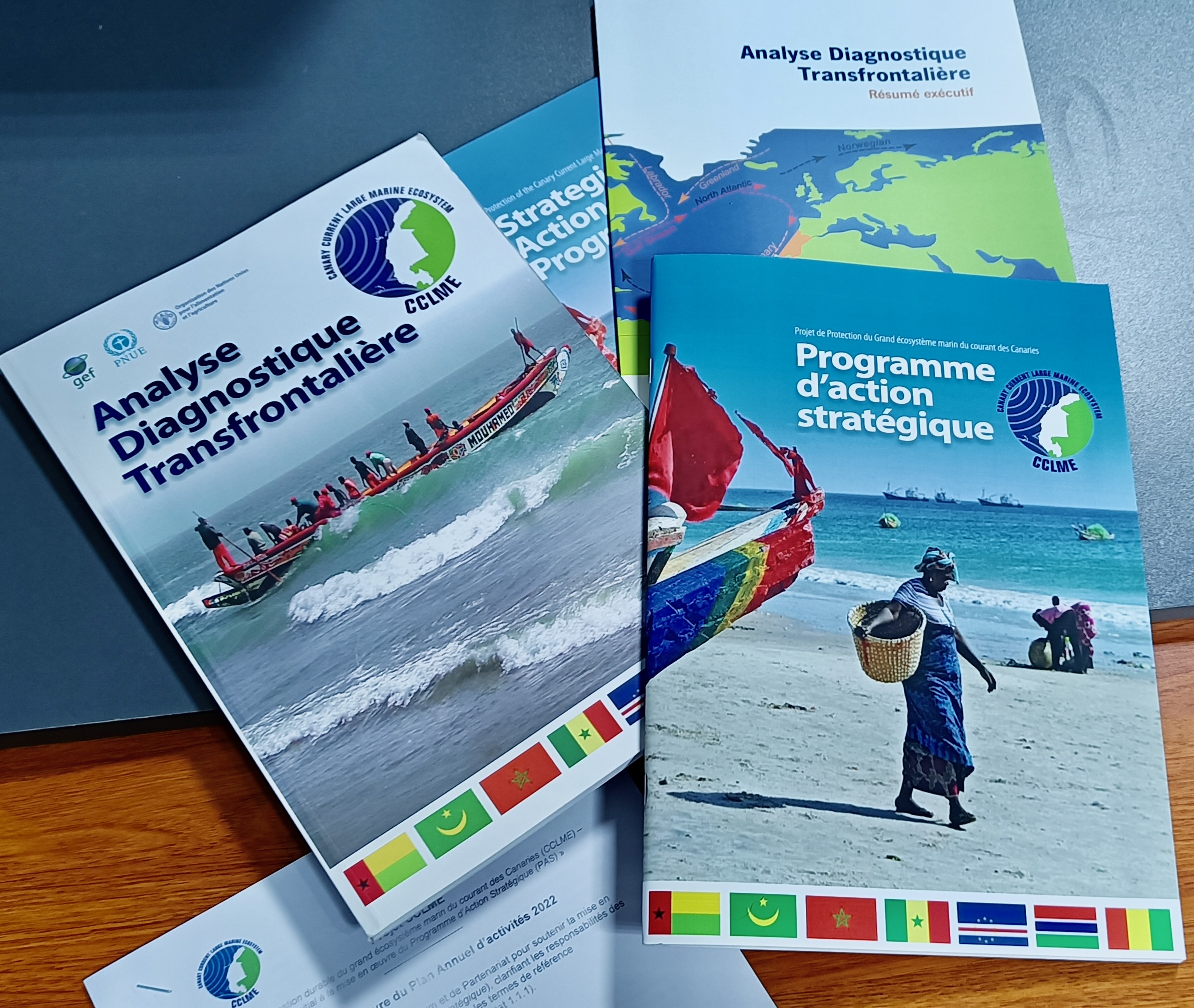The Strategic Action Program (SAP) is the result of an extensive process of analysis and consultation.
 The SAP is a document that identifies priority actions to address key transboundary marine and coastal environmental issues affecting the CCME, as identified by the Transboundary Diagnostic Analysis (TDA) and detailed above. It is a major strategic planning tool and the final step in a highly collaborative and consultative process. The SAP is based on the results of the TDA.
The SAP is a document that identifies priority actions to address key transboundary marine and coastal environmental issues affecting the CCME, as identified by the Transboundary Diagnostic Analysis (TDA) and detailed above. It is a major strategic planning tool and the final step in a highly collaborative and consultative process. The SAP is based on the results of the TDA.
The SAP was developed through a consultative process, allowing stakeholders to select priorities in relation to identified cross-border issues, and to propose effective solutions to address them.
The objective of the SAP is to provide CCLME countries with a basis for cross-border CCLME management.
Specifically, the SAP proposes to:
- Identify priority actions and measures to address the most pressing marine and coastal environmental problems identified in the ADT.
- Define the institutional and regulatory framework, and the necessary reforms, to create an enabling environment for the implementation of the proposed actions and measures.
- Identify stakeholders for the implementation of the selected actions.
- Define a financing strategy, i.e., the mobilization of human and financial resources for the implementation of the proposed actions and measures. of the proposed actions and measures.
SAP Structure
The SAP was developed through a participatory process of stakeholder engagement and builds on the TDA and studies conducted by the CCLME project.
The SAP is structured around three themes, called strategic components, which are considered priorities for the region. The strategic components are:
- Living marine resources,
- Critical habitats,
- and water quality.
The following steps were taken to develop the SAP from the TDA:
- Defining a sub-regional vision for the CCLME.
- Identification of ecosystem quality objectives (EQOs) for each of the three strategic components.
- Validation of key challenges to be addressed.
- Definition of specific objectives.
- Identification of targets and actions to address the identified challenges.
CCLME Vision
The vision is a long-term perspective that describes the future that stakeholders want for the CCLME. This vision is based on long-term EQOs, which specifically relate to the most pressing environmental issues identified in the ADT.
The vision emphasizes the following core elements and priorities for the CCLME:
- The health of marine and coastal ecosystems and the well-being of their populations.
- Equity in the use of resources and distribution of ecosystem benefits.
- Good governance.
- Sustainability in a broad sense, for the management of resources and mechanisms.
